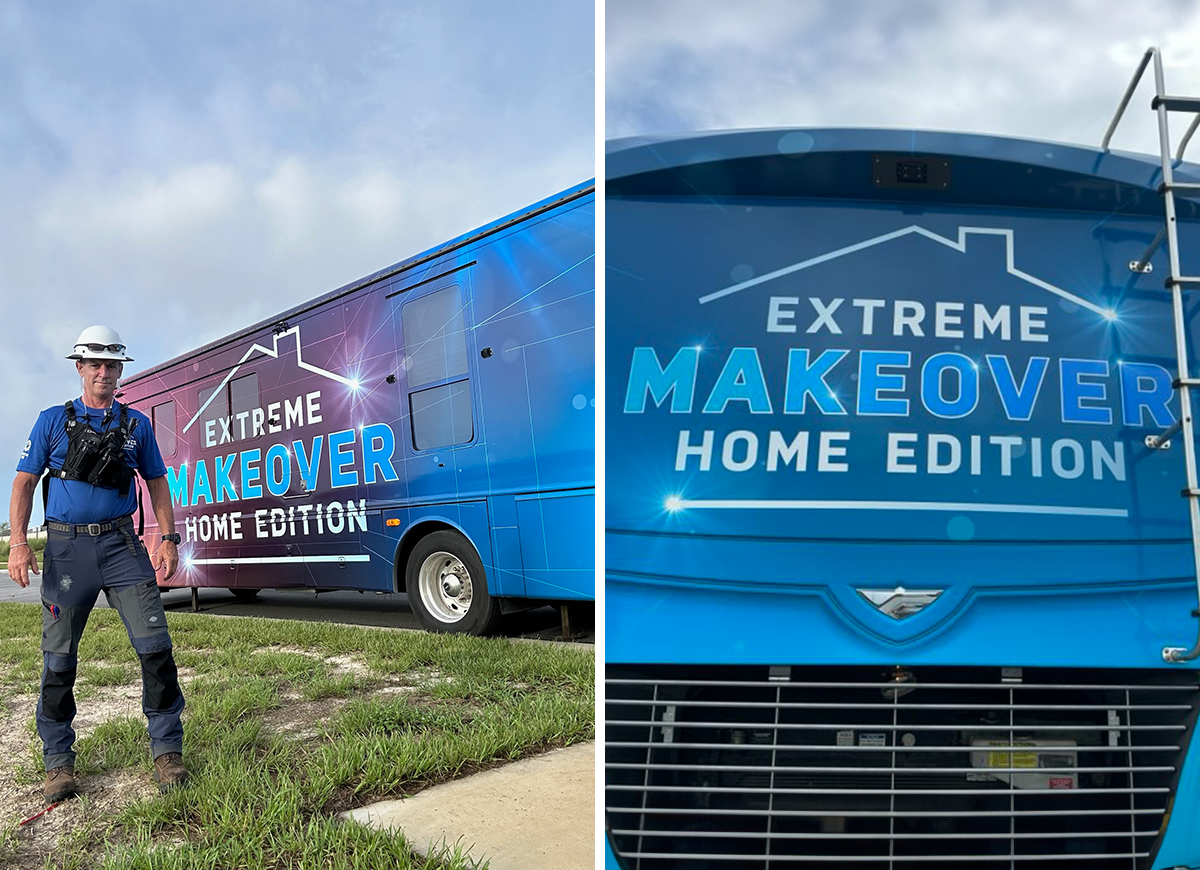

We may earn revenue from the products available on this page and participate in affiliate programs. Learn More ›
‘Extreme Makeover: Home Edition’—the tearjerker television program known for changing lives—is being rebooted for another run on ABC in early 2025. When people find out that I’m a project manager for the show, they often ask me if we really (wink, wink) build a house in 7 days.
My response: “No. No, we don’t. The house is built in 106 hours. Day 1 and Day 7 are blocked for TV.” The production company and on-camera talent block those 2 days to shoot befores, elements for the story, and afters.
Working that quickly shines a light on what works and what just wastes effort when building or renovating a home. Building a house in 106 hours means that we need lots of little things spot-on so we can manage the big things. This is a fully transferable insight to everyday home improvement—my own professional work, included—and that’s what I’ll talk about in this article.
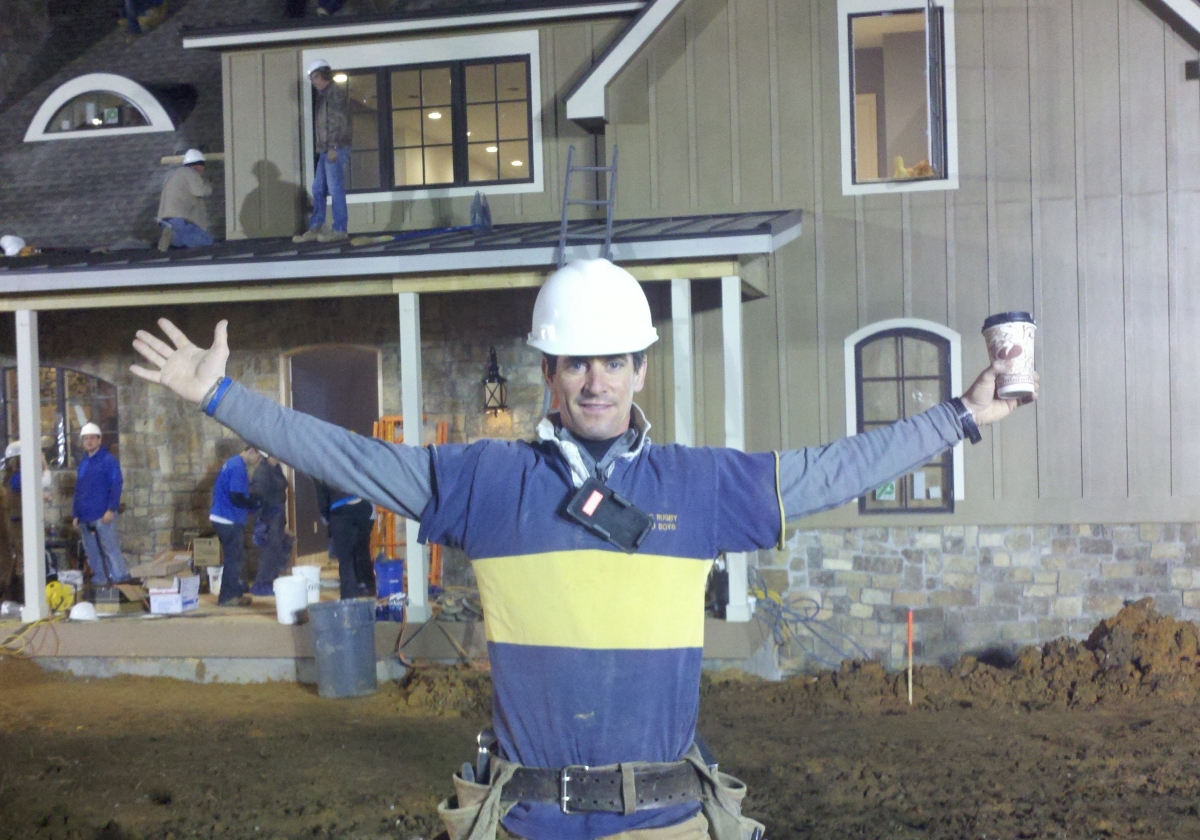
Use accurate names of things.
One pinch point in working with large groups of people in a different part of the country is that there are regional names for things that we have to spend time sussing out so we’re all calling each thing the same name.
In DIY, this translates to knowing the names of the things you’re working on so you can, at the very least, understand the local building codes, shop for materials, and understand any instructions that are included with materials. Building a deck? You should know the difference between the ledger, band joists, and field joists. A beam isn’t a rafter. A guardrail isn’t a handrail.
Installing chair rail? Knowing the names of the cuts you’re making helps make cutting them easier. An “inside-right” is where you miter or cope an abutting wall. An “outside-right” is where you wrap around a projecting wall.
Knowing these little things means you don’t have to think about them when what you should really be thinking about is getting the cut you want for the finished project.
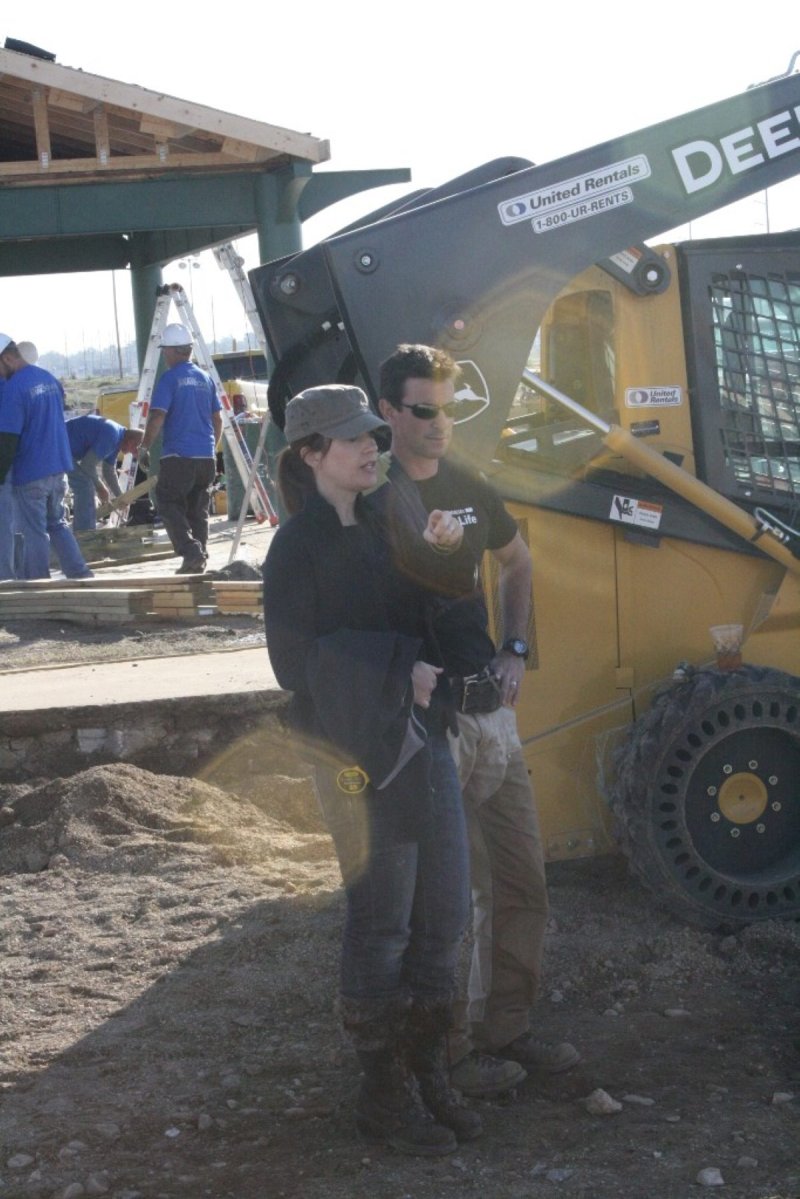
Set up a plan table.
In TV lingo the jobsite is called “set.” After all, we’re building a TV show and a home. And on Extreme, nothing is positioned by accident. The 20 dumpsters (that fly in and out throughout the build), heavy equipment, porta-potties, and other infrastructure…they all go somewhere for a reason.
A DIY jobsite benefits from the same intention. You can set up your work site however you please, but a horizontal surface is key to do the work the safest and most efficiently. Think of efficiency as an extra track in your brain so you can focus on what you’re trying to accomplish rather than not tripping on an extension cord.
On Extreme, my boss builds a “plan table,” which is the locus for everything from reading spreadsheets to storing deliveries. On a DIY project, a simple banquet table or plywood on sawhorses works to manage all the stuff of the job—plans, keys, coffee cups, that extra box of fasteners. If it is not on the floor or under your feet, you likely won’t have to keep moving all of those items to work or search for that missing box.
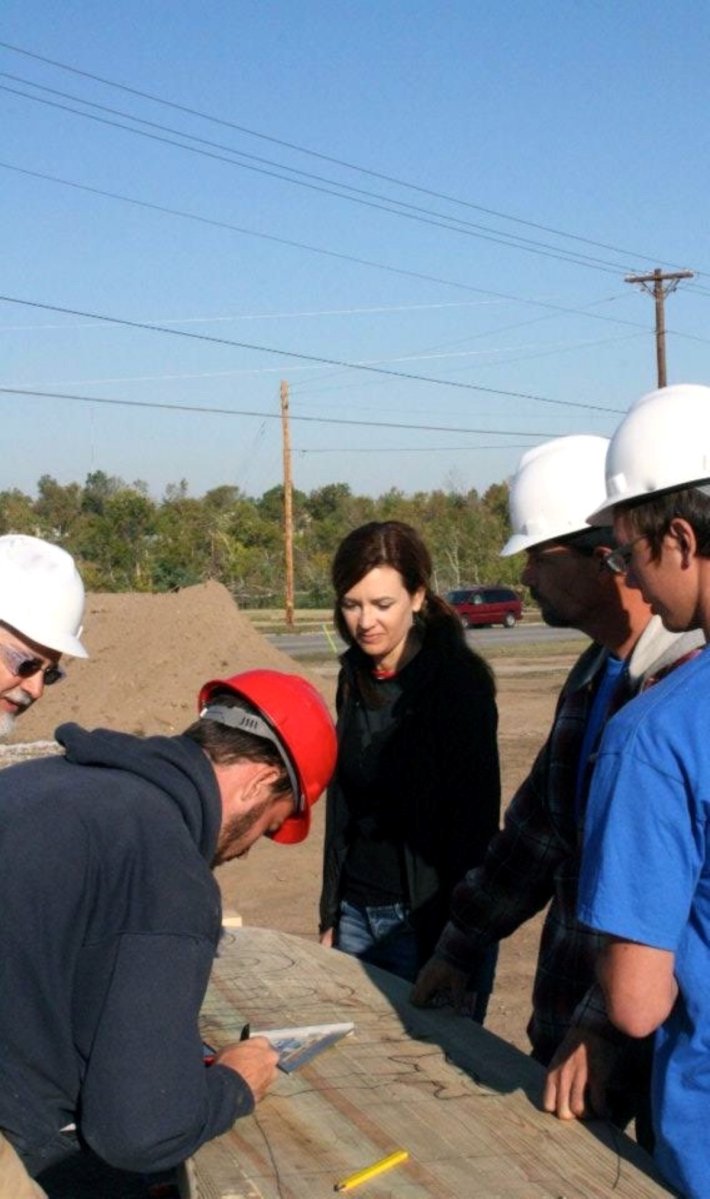
Work standing up.
You might be surprised at how many new expensive homes are what I call “dirt framed.” Production framers move quickly and instead of setting up sawhorses, they just throw the wood on the ground and go. I think it’s a waste of energy and I know it can cause trouble for a DIY project.
If you’re building new garage shelves, installing a luxury vinyl plank (LVP) floor, or installing a new storm/screen door, you’re not going to get the results you envision if you set up tools and materials on the ground. And you will exhaust yourself trying to operate a miter saw on your lawn. (Lawns are for lawn mowers.) Make a work table and find ways to support long pieces when cutting them to length.
Practice your skills.
The only way Extreme’s 106-hour cycle can be pulled off is because the core people have done all the elements of building a home before. The only thing that’s new is executing the stages of construction at 3 a.m. with 50 of your newest friends.
We’re not just born knowing how to use a circular saw or cope molding. If you’re planning to add crown molding to a room to spruce it up, and are a little rusty on how to cope it, don’t wait until the day of to practice the details on the actual crown molding you plan to install. Get a hunk of crown and spend some time practicing the technique of cutting and coping. You’ll find—and solve—the pinch points so the project has a better chance of success.
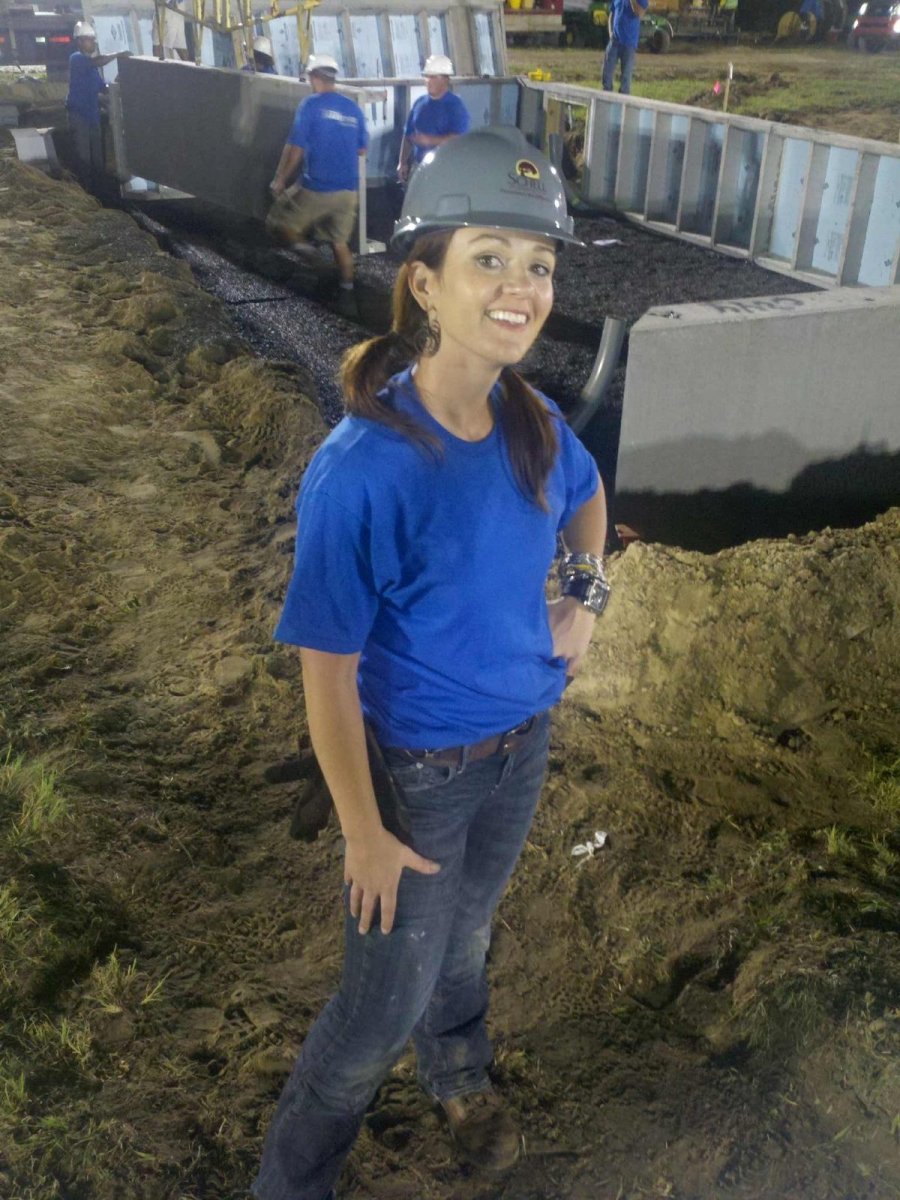
Light the project properly.
There is no “night” on an Extreme build. I was blown away the first time I experienced this. I was so focused on getting our project moving that I just happened to look up past the tower lights—then down at my watch—and it was 10:30 p.m. I had no idea.
Back in the real world, we also need to see. And what I’ve noticed remodeling basements and painting bedrooms is that dark isn’t the problem. “Dim” is the problem. Let’s say you’re painting a bedroom ceiling and need to cut in around the ceiling lights. They should be off and should be lit from below with work lights.
It’s a similar scenario in a basement. Sure, you can see where you’re walking, but copper plumbing and brown framing are all the same color in dim light. Wires under joists? Invisible. Use a flashlight to highlight otherwise impossible-to-see details.
